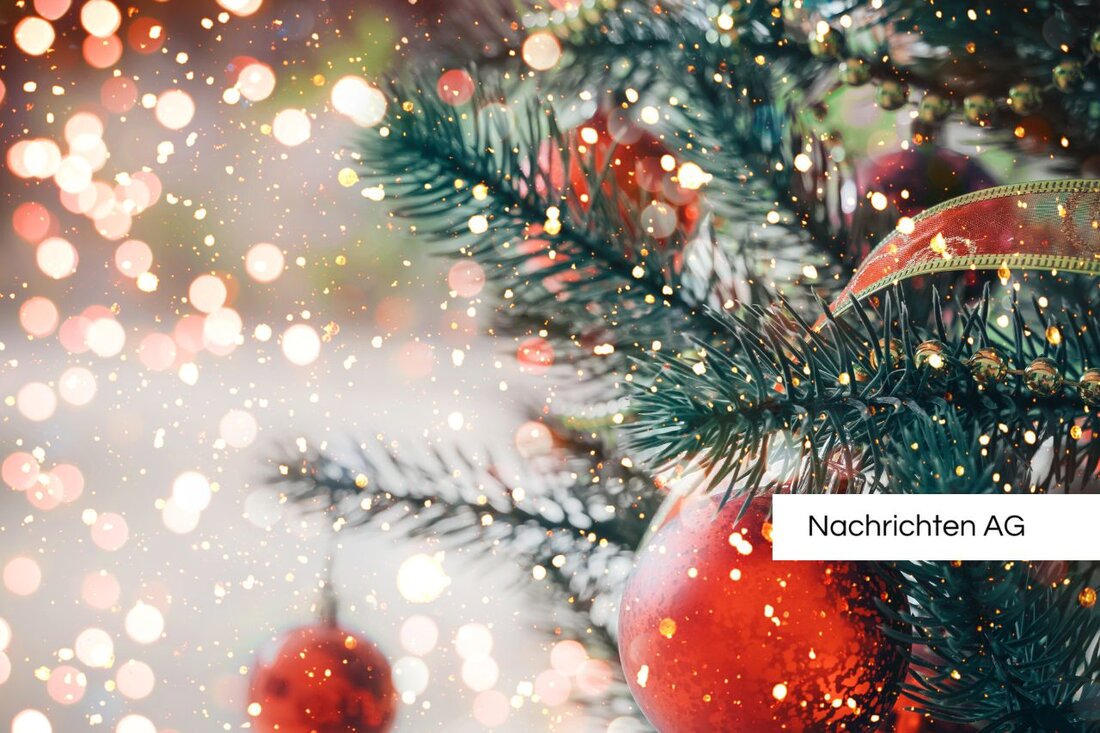Christmas magic in the Heimathaus: Festive exhibition delights visitors!
Find out everything about the festive special exhibition in the Schrebitzer Local History Museum and the 35th Christmas market in Central Saxony.

Christmas magic in the Heimathaus: Festive exhibition delights visitors!
In the heart of Schrebitz the anticipation of the contemplative time has begun. The special exhibition “Is it Christmas again?” in the local history museum has been lighting up people's minds since March and impressively shows how kitchen-living rooms were decorated for the Christmas season over 50 years ago. The exhibition was launched on the occasion of a special gift from Siegmund Kutzner: a hand-made wooden Christmas pyramid around two meters high. A real eye-catcher, which the chairwoman of the local history association, Birgit Müller, presented with great gratitude. This Aar position highlights the rich treasure trove of Christmas decorations that the local history association has collected over the years.
Christmas time in Germany is rich in tradition and festive. Particularly noteworthy in this context is the 35th Christmas market, which is a highlight at the end of the year. Like everywhere else in the country, the Christmas markets in other cities are transformed into shimmering winter fairy tales, shining with lights and spreading the tempting scent of mulled wine and freshly baked cookies.
More about Christmas
Another exciting exhibition that deals with the sensuality and diverse meanings of Christmas is the special exhibition “Christmas with all the senses”, which can be seen at the Museum of European Cultures (MEK). This extends from November 29, 2024 to February 5, 2025 and invites visitors to immerse themselves in the various facets of the festival. Objects from various European countries and Latin America are on display - including an original Christmas cucumber from Germany and charming nativity figures from Peru that reflect the magic of the holidays.
Interactive elements such as speed dating with the objects, creative design and singing together offer an original way to experience Christmas. The exhibition is not only a feast for the eyes, but also highlights the sensual aspects of the festival - whether it is the smell of incense, the taste of Christmas cookies or the playing of the organ in the church.
The magic of the Christmas markets
Christmas markets in Germany are not only a feast for the senses, but also have a long, eventful history. Originally used as meeting places for local artisans and to celebrate religious holidays, they have changed enormously from the Middle Ages to the present day. Today there are between 2,500 and 3,000 Christmas markets across the country in the run-up to Christmas, enriching the festive season with a colorful mix of tradition and modernity, reports National Geographic.
The history of Christmas markets is not without its twists and turns. From the first Dresden Striezelmarkt in 1434 to the challenges of industrialization and the war years, the markets experienced many ups and downs. Their return to city centers in the 1930s, supported by political measures, is an example of how traditions can adapt. After the chaos of war, the markets flourished again and have more than tripled since the 1970s.
At a time when the corona pandemic interrupted the usual Christmas life, many are hoping for the recognition of the German Christmas markets as an intangible UNESCO cultural heritage. They are not only a part of the culture, but also of community life in Germany, and still offer a space for encounters, anticipation and the exchange of regional traditions.
This shows that the anticipation of the Christmas season in Schrebitz, as well as in many other places, is far-reaching, and we can look forward to the upcoming celebrations and exhibitions that will welcome us with open arms.
For more information about the Schrebitzer exhibition, see Sächsische.de. Anyone interested in the interactive experiences in the Museum of European Cultures can find details at smb.museum. And you can read more about the history of Christmas markets here National Geographic.

 Suche
Suche
 Mein Konto
Mein Konto